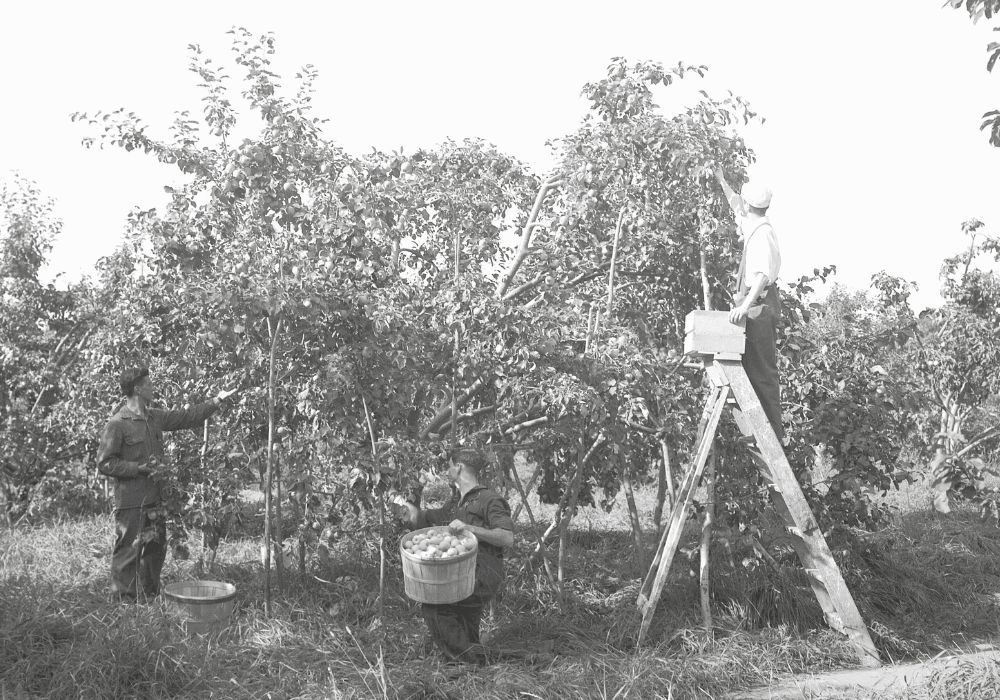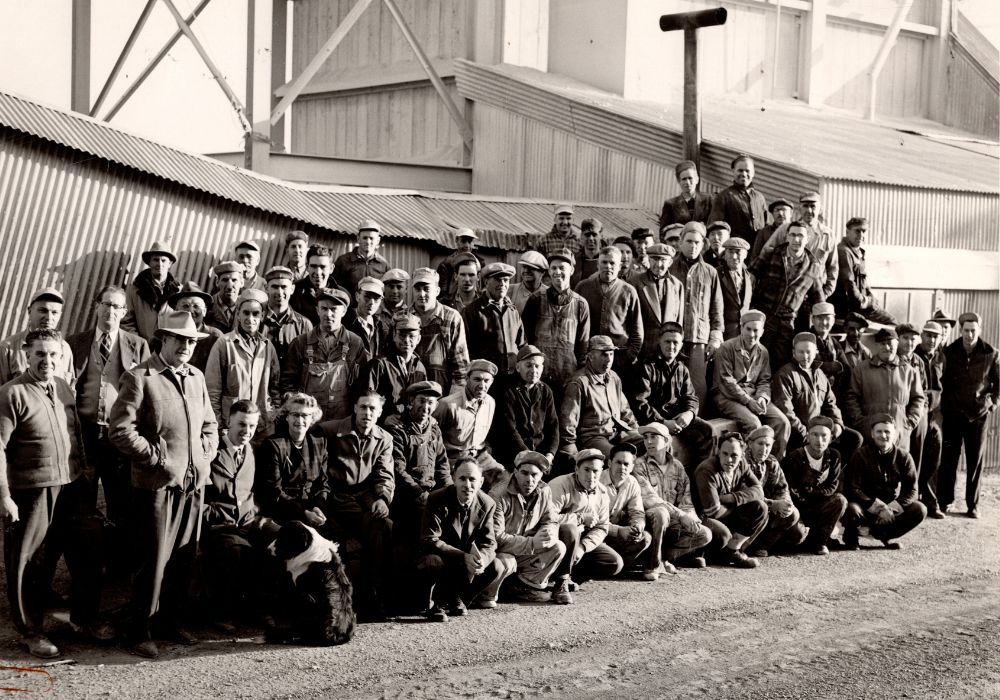
The Great Storm of 1913
On November 6, 1913 blinding snow and hurricane-force winds began to howl over the Great Lakes, wreaking havoc that would last for days. The deadliest disaster in Great Lakes history would claim twelve vessels and nearly 250 lives before it was done.
Storms are the curse of the Great Lakes in November, but this one achieved lethal force when two major weather fronts collided over the relatively warm waters of the Great Lakes, unleashing winds of more than 90 mph (145 km/h) and monster waves more than 35 feet high. The Dominion Weather Observatory in Toronto ordered level four storm signals, the highest possible standing for a heavy gale, to fly at all 100 ports across the Great Lakes from Fort William (Thunder Bay) to Kingston. The warnings came in vain for many vessels, especially eight lake freighters who were battered and sunk by the ferocious storm, taking all hands with them.
During the inquest that followed, many blamed the sailors and captains for venturing out into the storm. Many sailors at the inquest, however, blamed an unreliable weather warning system that did not advise when the storm would hit. Some witnesses testified that having radios on board, which many ships at the time did not have, would certainly have warned of the deadly storm in time. After the Great Storm of 1913, radios were installed on all lake freighters.
This Community Memories exhibit uses actual artifacts recovered after the storm, other marine-related artifacts, models and photographs to tell the story of the Great Storm of 1913 in vivid detail.

